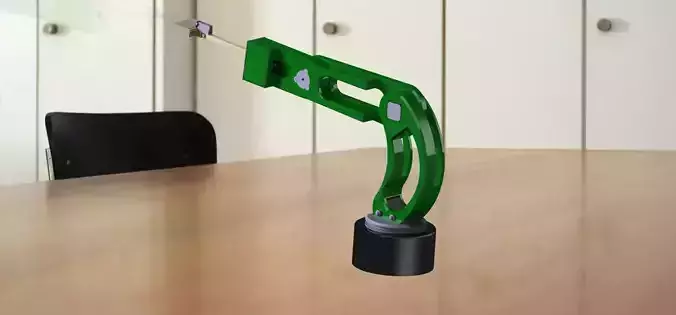1/6
Nowadays, automation is a very well-known word around the world. It is widespread in everyday life in many shapes and sizes. In some branches it serves to facilitate daily household chores, in some even to save lives, and in some it serves to simplify and more precisely work. From this we can conclude that the automated systems of today have in many ways made people’s lives easier.
As for the industrial part of automation, there are a handful of drive system elements that can be automated. Such systems were run and maintained by man himself before the advent of automation.
Today, the vast majority of physical work in industries is performed by automatic devices that, using a predetermined algorithm and the application of sensors, perform tasks very successfully, but monitoring and maintenance will unfortunately remain on the human side for a long time. Of course, this also has its positive side, in accordance with Asimov's first law which reads: A robot must not harm a man or by its passivity allow a man to be harmed[5], which means that although the automaton (in this case a robot) is a positive and much needed element in today’s world, it must by no means achieve so much strength as to place the able-bodied person in an existential question.
REVIEWS & COMMENTS
accuracy, and usability.






